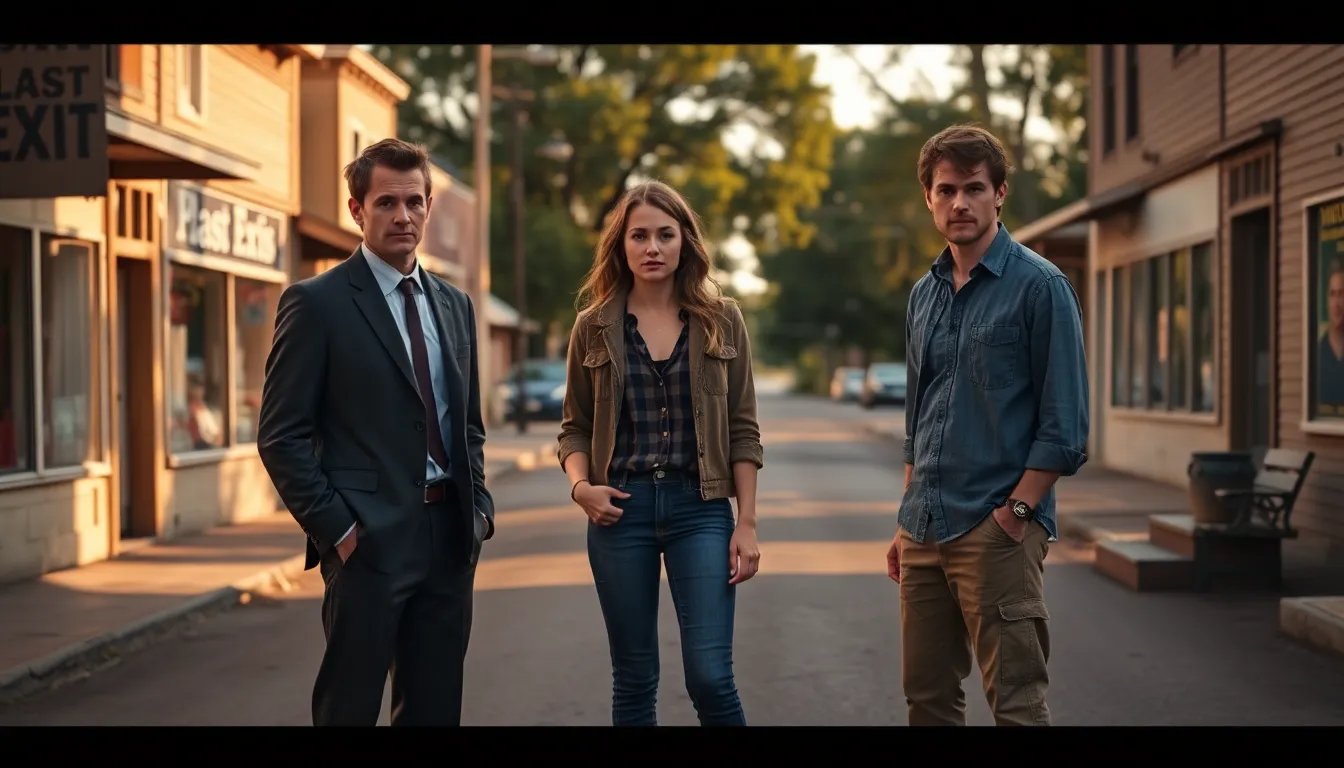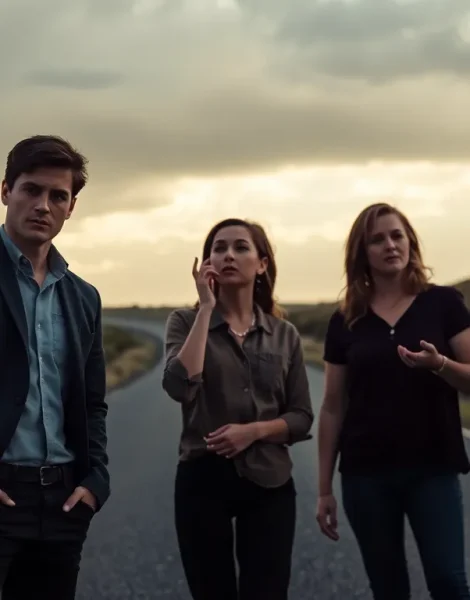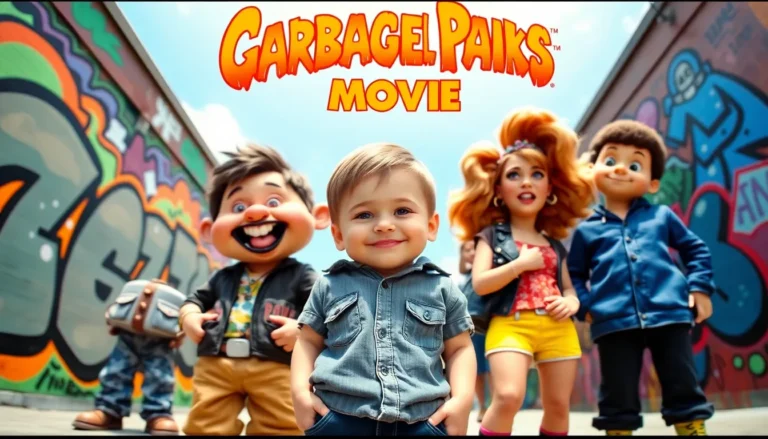Imagine being at a crossroads in life, contemplating choices that could alter your very existence. That’s the essence of The Last Exit, a film that dives into complex themes wrapped in an engrossing narrative. With gripping performances and visual storytelling that leaves a mark, this movie takes viewers on a journey that’s as enlightening as it is entertaining. Buckle up, it’s going to be an emotional ride worth every minute.
Table of Contents
ToggleOverview of The Last Exit

Plot Summary
The Last Exit unfolds in a small town where ordinary lives take unexpected turns. The story revolves around three friends who reunite after years apart, only to find themselves confronting their past decisions. Secrets emerge, old rivalries resurface, and their once idyllic friendship is put to the ultimate test. Each character faces pivotal moments that could define their futures, leading to a crescendo of revelations that culminate in an unforgettable finale.
Main Characters
The film features a diverse cast, each bringing unique perspectives and emotional depth:
- Jack: The ambitious careerist whose drive alienates him from those he loves.
- Sara: A nurturing figure whose unresolved feelings for Jack add tension to their interactions.
- Mike: The carefree spirit who acts as the mediator but harbors his own demons.
Together, they embody the struggles many face, making them relatable to a wide audience.
Themes and Messages
Cinematic Techniques
Cinematic techniques play a vital role in shaping the viewer’s experience. The film expertly utilizes close-ups to capture the raw emotions of its characters, drawing audiences into their psychological turmoil. Lighting shifts cleverly enhance mood changes, amplifying tension during critical scenes. Directors use pacing as a device, alternating between frenetic sequences and poignant moments of stillness to evoke empathy and reflection.
Symbolism and Imagery
Symbolism permeates The Last Exit, enriching the narrative. The titular ‘last exit’ serves as a metaphor for choices that shape outcomes. Visual motifs, like recurring imagery of roads, symbolize life’s journey and the paths taken, or not taken. The film’s cinematography showcases contrasts between dark alleys, representing despair, and sunlit scenes that embody hope, creating layers of meaning that resonate long after the credits roll.
Critical Reception
Audience Reactions
Upon its release, The Last Exit sparked varied responses from viewers. Some embraced the emotional depth and complexity of relationships, while others found themselves divided over character choices. Yet, this mix of opinions showcases the film’s ability to provoke thought and discussion, a hallmark of great cinema. Audiences praised the performances, especially noting how they drew viewers deeply into the lives portrayed.
Analysis of Reviews
Critics chimed in with their perspectives as well, often highlighting the film’s sophisticated narrative structure. Many reviews recognized its ambition in tackling profound themes, even though occasional pacing issues. The balance of humor and drama received attention, making it a noteworthy addition to contemporary cinema. Overall, it was labeled as a thoughtful, if polarizing, try.
Cultural Impact
Influence on Genre
The Last Exit has made waves in its genre, inspiring filmmakers to explore similarly raw and emotive storytelling. Its approach to examining the intricacies of friendship and personal growth has sparked dialogue within the industry, leading to a wave of films prioritizing character development over action-driven plots. This influence is felt not just in independent films but also in more mainstream narratives seeking authenticity.
Similar Films and Comparisons
When compared to other films, it shares thematic similarities with The Perks of Being a Wallflower and Garden State. Each film poignantly portrays the turbulence of adolescence and adulthood’s burdens, marking The Last Exit as part of a greater conversation about human connection. Such comparisons strengthen its relevance and highlight the ongoing exploration of interpersonal relationships in cinema.









